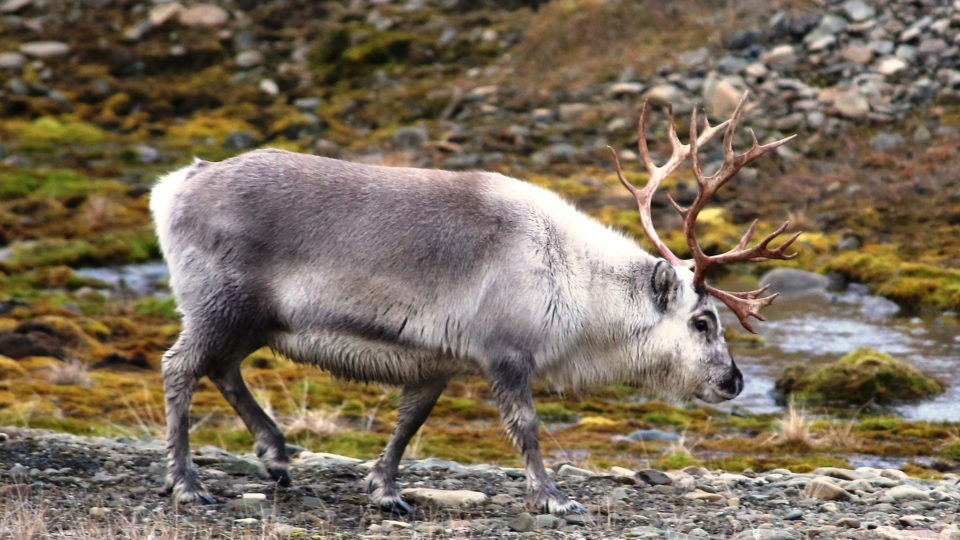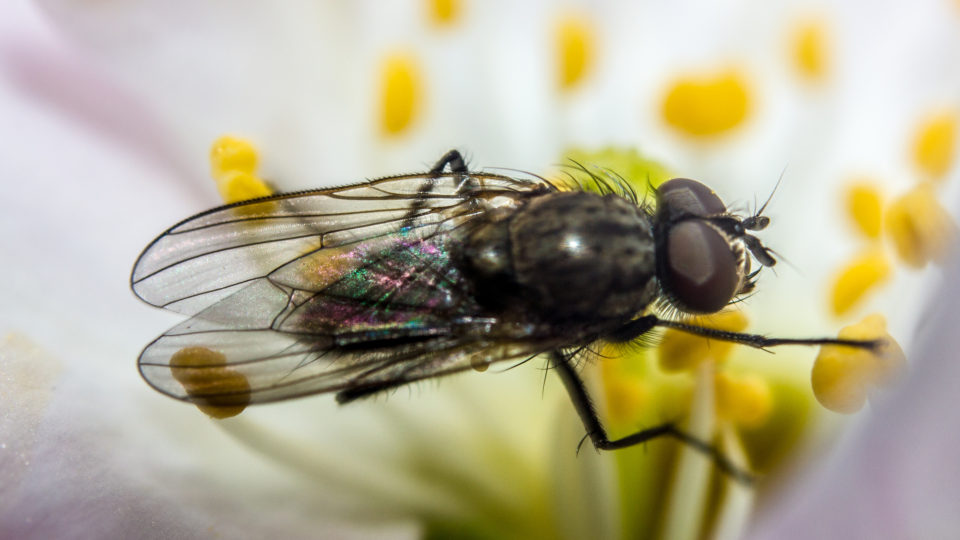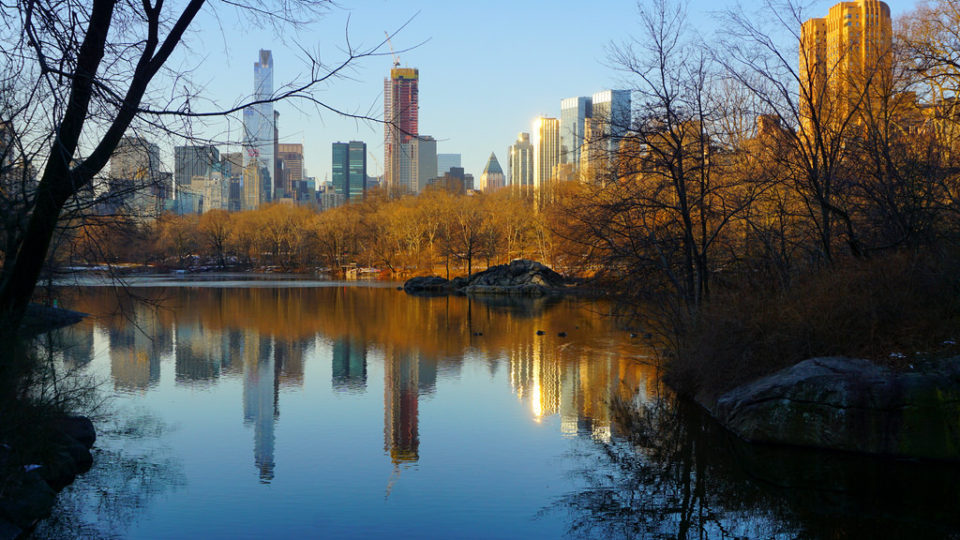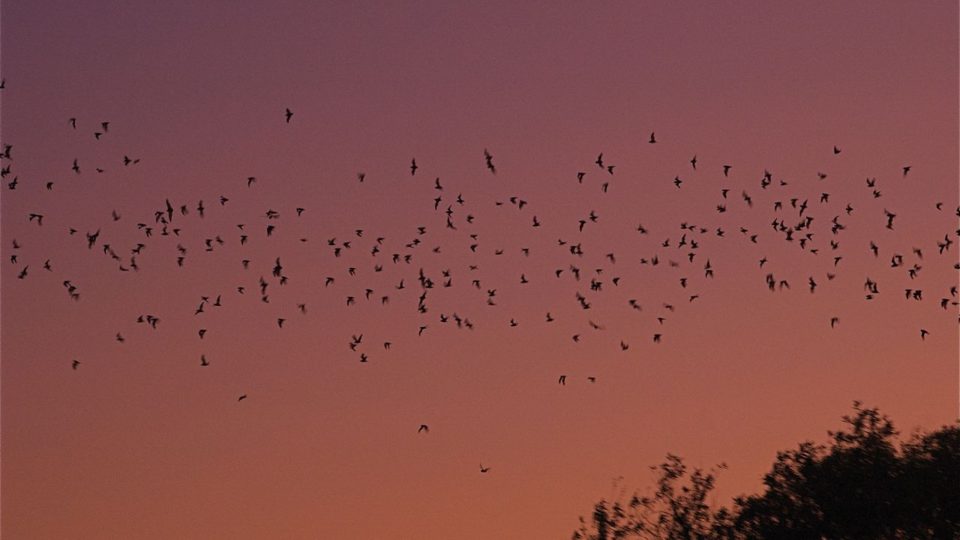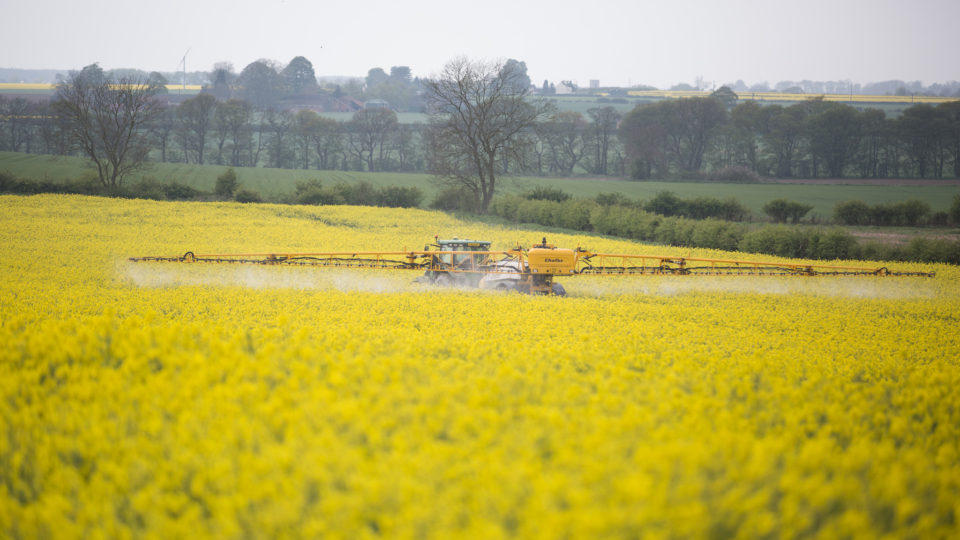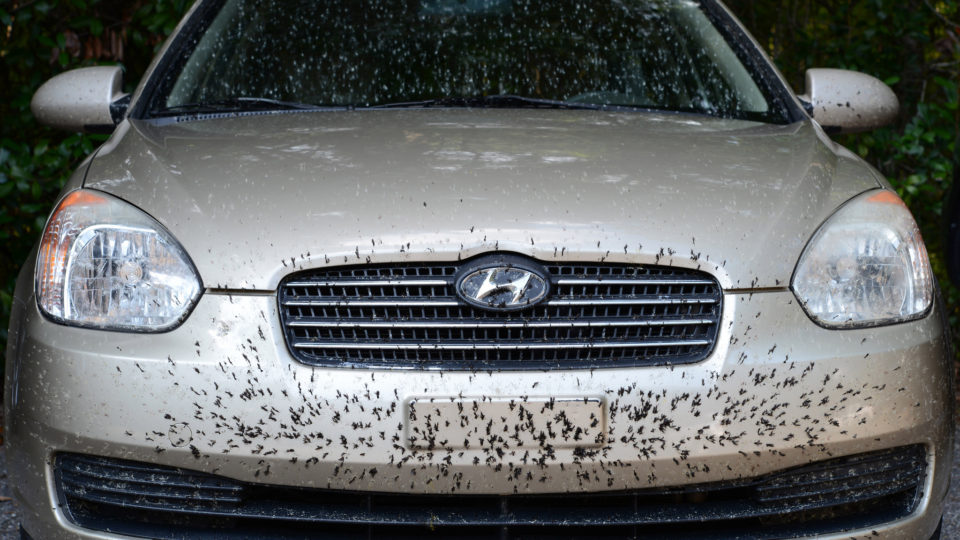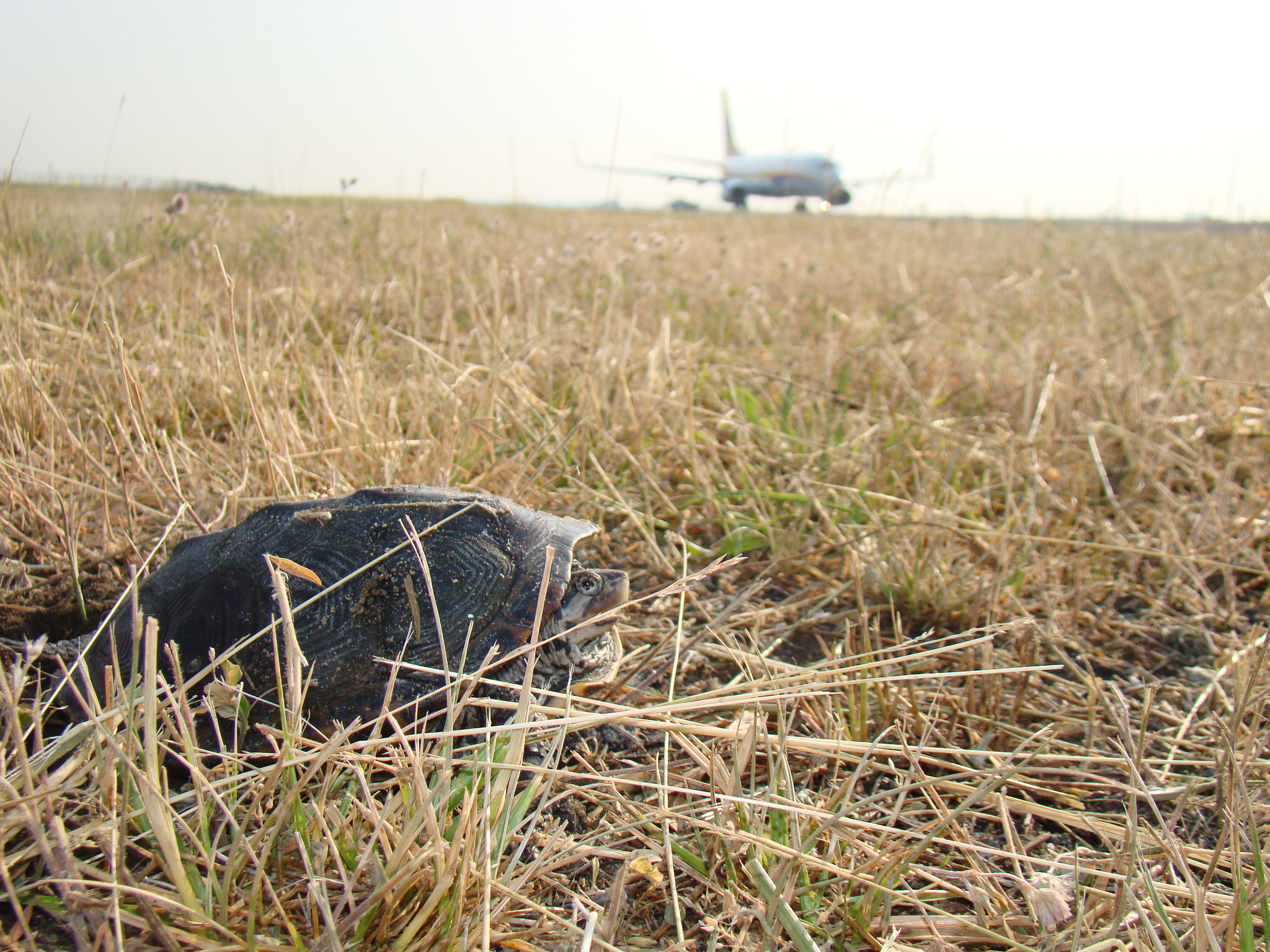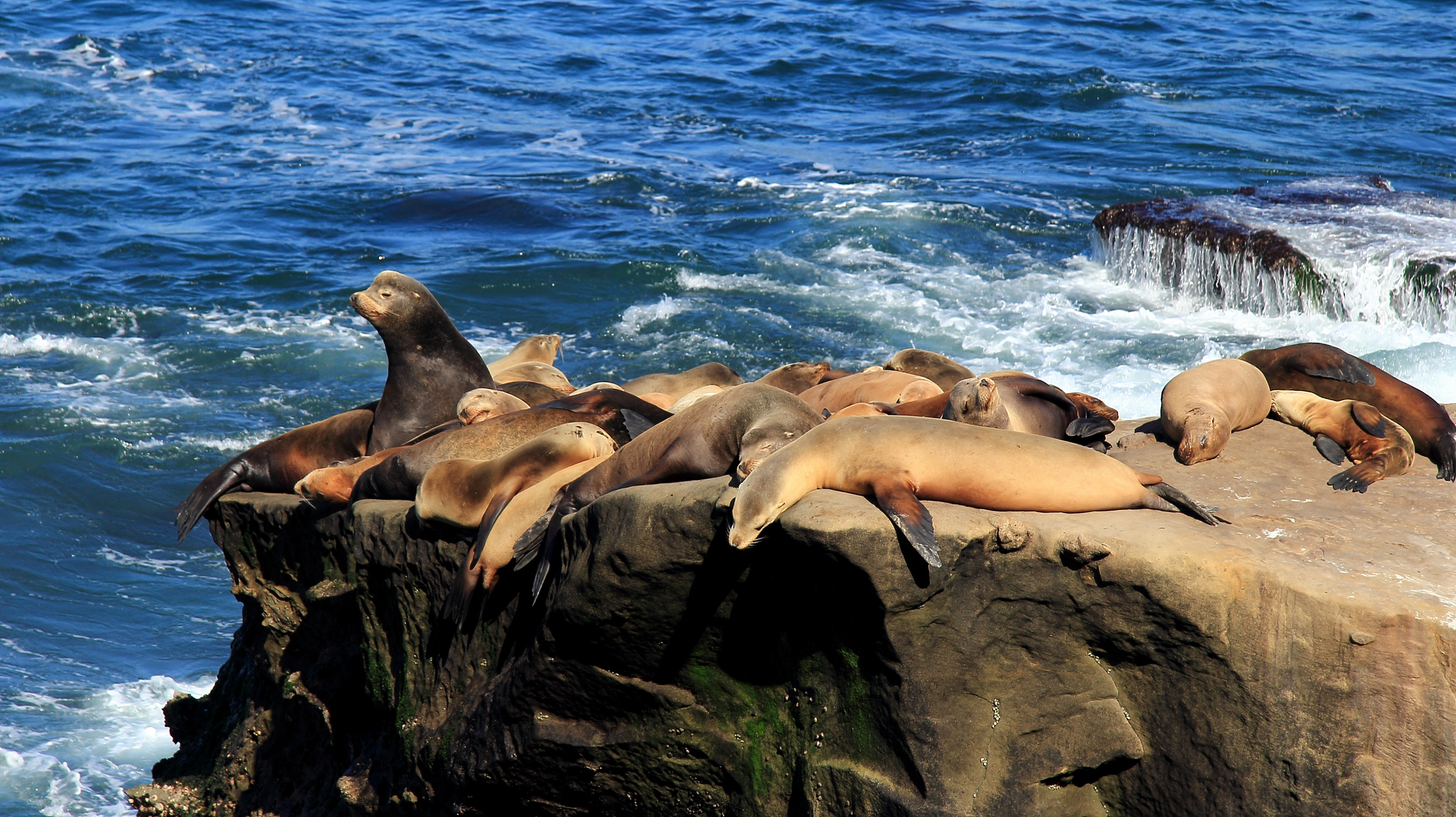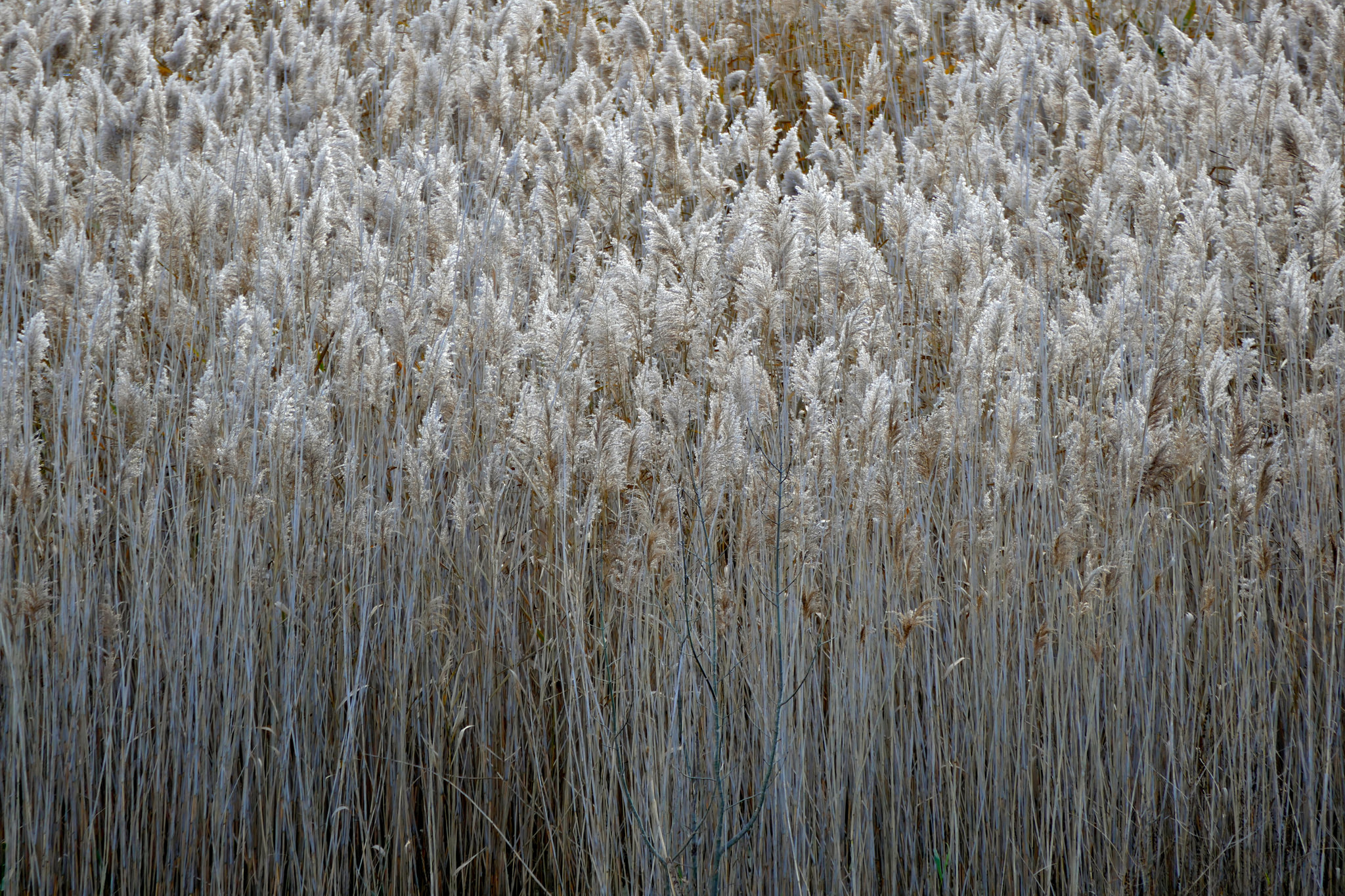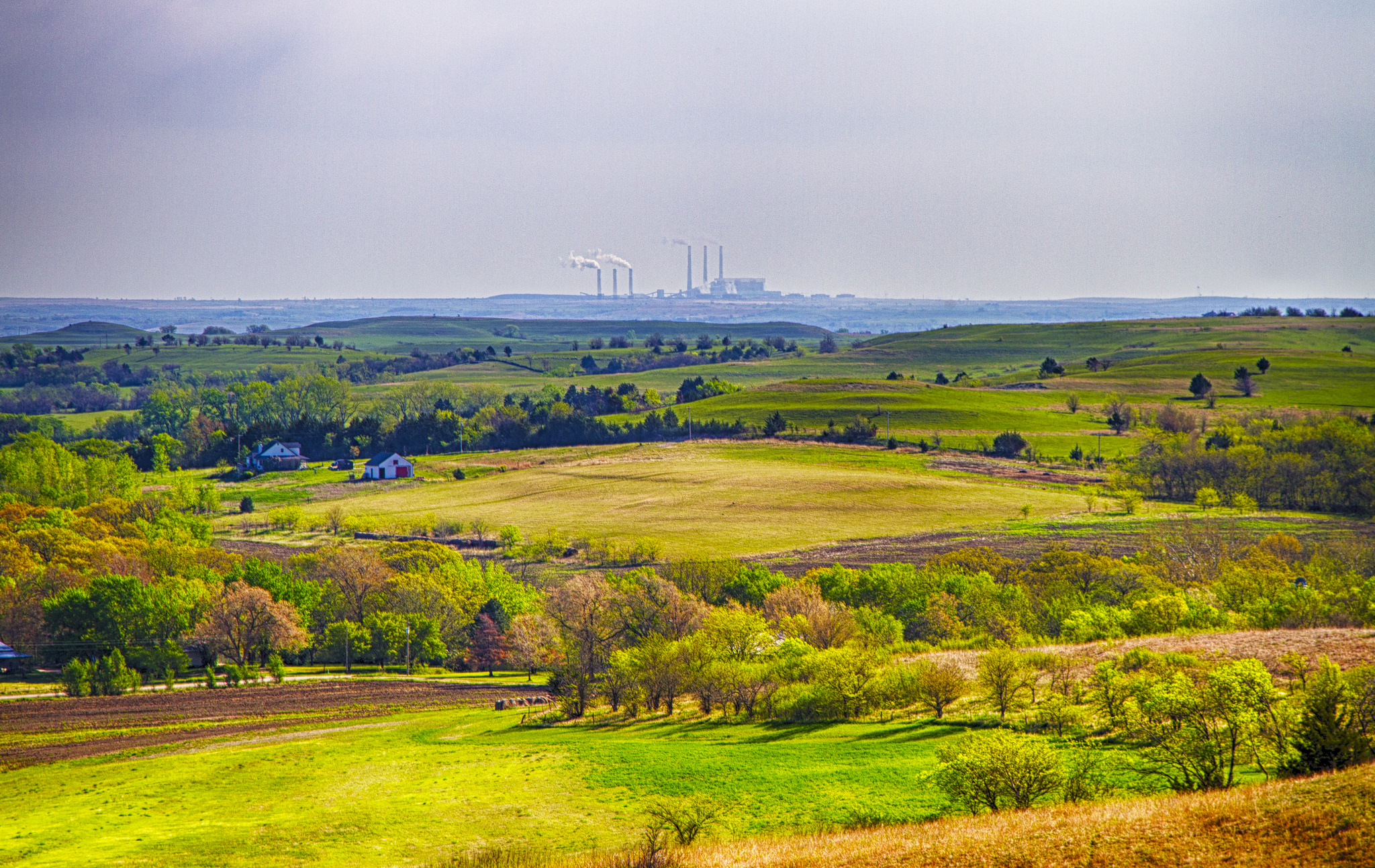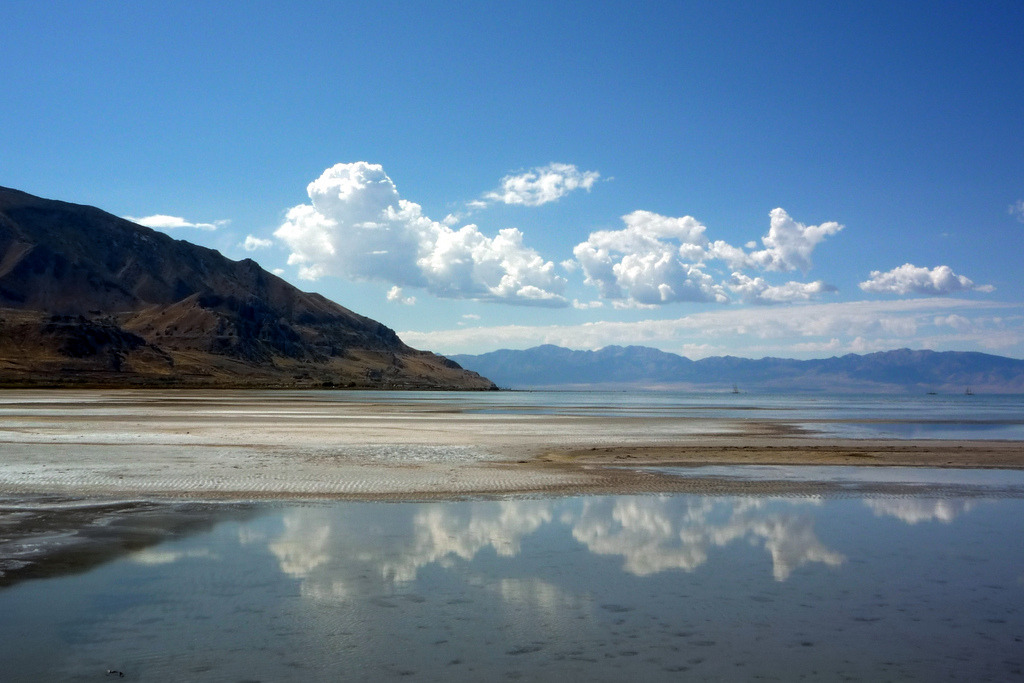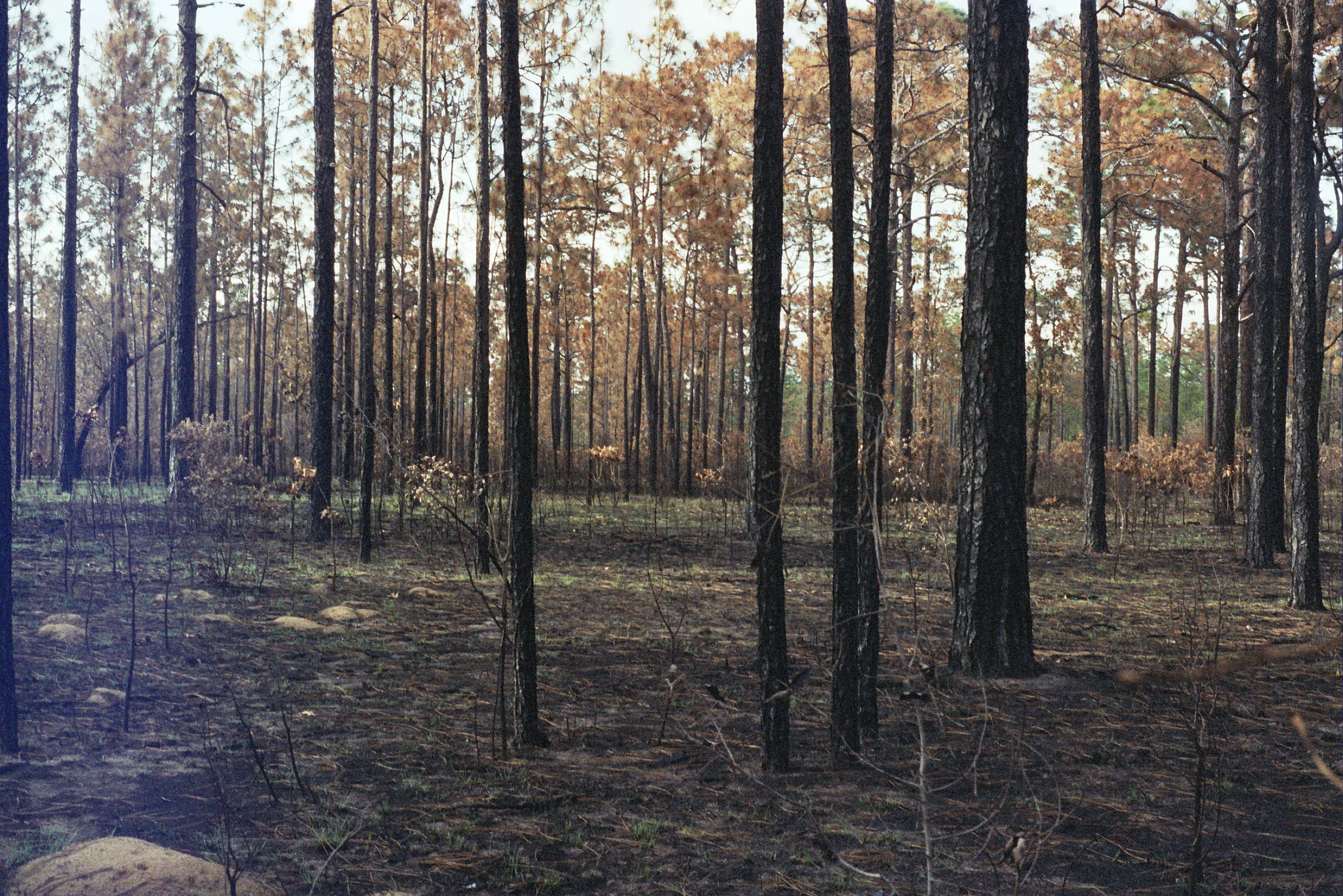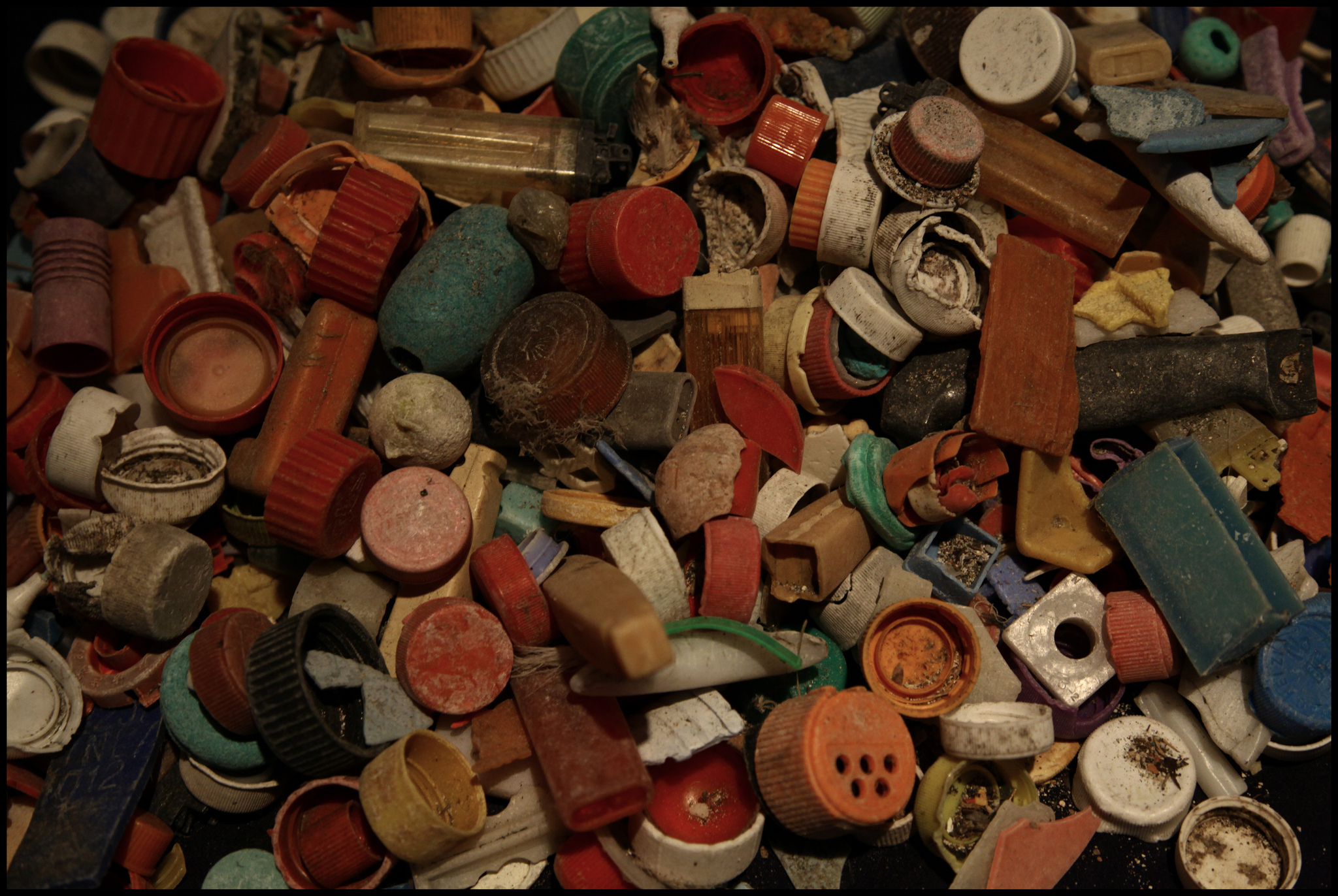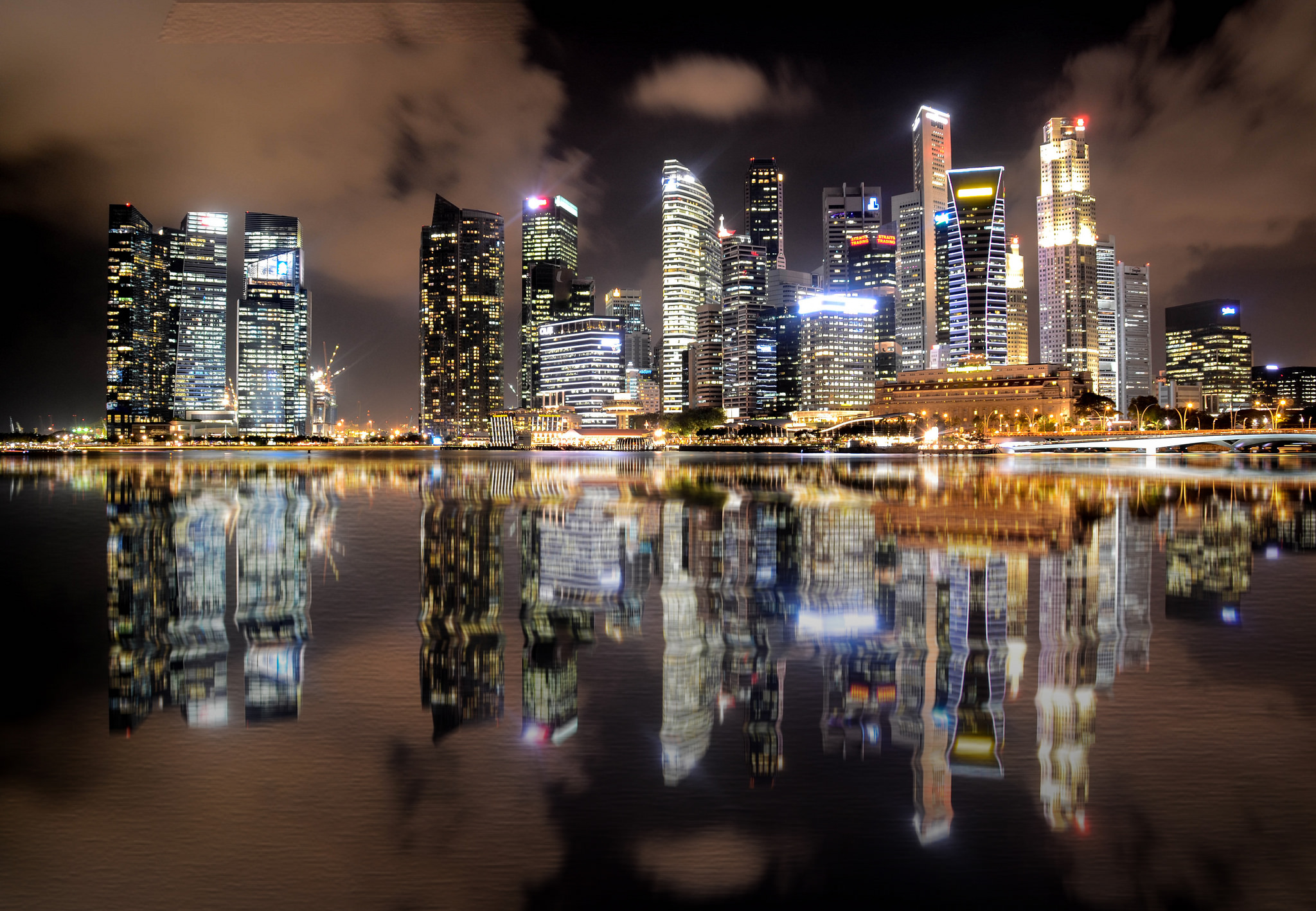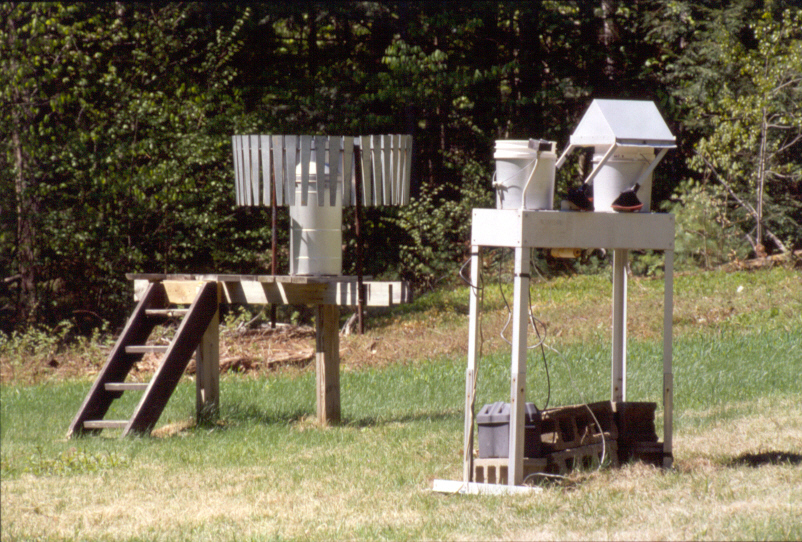birds
Insects In A Warming World
The revered biologist E. O. Wilson once said that “if all mankind were to disappear, the world would regenerate back to the rich state of equilibrium that existed ten thousand years ago. If insects were to vanish, the environment would collapse into chaos.”
Urban Darwinism
Scientists refer to the time in which we now live as the Anthropocene epoch – one in which humans are exerting a tremendous influence upon the natural world. One of the ways in which we are doing that is in our cities and suburbs where creatures are evolving through fast-paced natural selection to deal with our presence.
Pollinators With Backbones
There is a great deal of concern about the status of pollinators like bees and butterflies. They play a crucial role for many important food crops. But it turns out that lizards, mice, bats and other vertebrates are important pollinators too.
Is It Time to Ban Neonics?
Neonicotinoids (or ‘neonics’ for short) are a class of insecticides chemically related to nicotine. In fact, the name ‘neonicotinoid’ literally means “new nicotine-like insecticide.” And like nicotine, neonics act on certain kinds of receptors in the nerve synapse. Most corn, soy, and wheat seeds planted today are coated with neonics, which is reportedly 5,000 to 10,000 times more toxic than DDT.
Spring Is Springing Earlier
A comprehensive study has confirmed what has been widely believed in the scientific community and in popular reports for years: spring is arriving earlier and the further north you go, the more pronounced is the effect.
Making Room For Wildlife
Protecting biodiversity is a critical challenge facing humanity. Global vertebrate populations – from elephants to amphibians – declined by 58% from 1970 to 2012 and losses are expected to reach 67% in the next two years. Think about it: at least two-thirds of all vertebrate animals on earth have vanished over the lifetime of anyone fifty years old or over.
A Decline In Flying Insects
When was the last time you used a squeegee to remove squashed insects from your windshield? It’s been a while, right? It’s not just you. This is known as the windscreen phenomenon. Scientists and some motorists have long suspected that flying insects are in dramatic decline. New research has confirmed these suspicions.
Corals Like Plastic
Microplastics, which are tiny pieces of weathered plastic less than 5 millimeters in diameter, have been accumulating in the oceans for the past 40 years and are now ubiquitous in the marine environment. They are a major threat to many kinds of marine life, including numerous species of birds, turtles, fish, marine mammals and invertebrates who ingest the stuff causing a variety of problems.
The Dirty Laundry On Dirty Laundry
We’ve discussed the problem of microplastics polluting our oceans at great lengths on this program before. Much of the small plastic particles result from the breakdown of plastic litter, such as plastic bags, packaging, and other materials. Another source is microbeads, which are often found in health products such as face scrubs and even some toothpastes. But there is a another source of microplastic pollution that is quite troubling: dirty laundry.
Turtles Delay Flights
Recently, we talked about the problems New York’s native turtles have during their mating season as they cross roads and highways seeking places to lay their eggs. The state Department of Environmental Conservation even issued recommendations for how people can help turtles avoid getting crunched by cars.
California Sea Lions
Sea lions in California are under duress from a rather unassuming source: algae. Driven by higher water temperatures and pollution, toxic algae is leading to fatal brain damage in many California sea lions.
A Helpful Invader
Invasive species are a great concern for the health and stability of ecosystems. They are defined as plants, animals or pathogens that are non-native to the ecosystem under consideration and whose introduction causes or is likely to cause harm. It is that latter consideration that isn’t always obvious.
Coal Plants And Fish
High levels of an element found in coal ash have been detected in fish in two lakes where Duke Energy coal-fired power plants are located, according to a peer-reviewed study at Duke University. The element, selenium, occurs naturally but is concentrated in coal ash.
The Great Salt Lake Is Shrinking
Utah’s Great Salt Lake is the largest salt water lake in the Western Hemisphere and is the largest body of water in the United States after the five Great Lakes. When the pioneers first arrived in the area back in the middle of the 19th century, the lake spread across about 1,600 square miles. Now, the lake covers an area of only about 1,050 square miles, a reduction of about 35%.
Ghost Forests
Coastal floodplains across the southeastern and mid-Atlantic regions of the United States are at the leading edge of climate change’s effect on what were largely freshwater ecosystems. Because of the low elevation and flat or gently sloping characteristics of coastal forests in these areas, they are among the most vulnerable globally to saltwater intrusion.
Why Do Animals Eat Ocean Plastic?
It’s no secret that there is a lot of plastic debris in our oceans. In fact, scientists estimate that there is more than 165 million tons of plastic trash swirling about in our oceans today, with an additional 8.8 million tons flowing in every year. And as the oceans swell with plastic litter, hundreds of marine species are ingesting the stuff – often with dire consequences.
Size Matters
One of the crowning achievements for wildlife protection in the US was the establishment of the National Wildlife Refuge system in the 1930s, when the populations of waterfowl were perilously low. Refuges provided breeding and migratory habitat that has allowed a remarkable recovery of many species of ducks and geese.
Outdoor Lights Dim Nature
At night our planet is now bathed in artificial light, ranging from streetlights and floodlights to burning gas flares in oil fields. There are few places that are truly dark at night.
